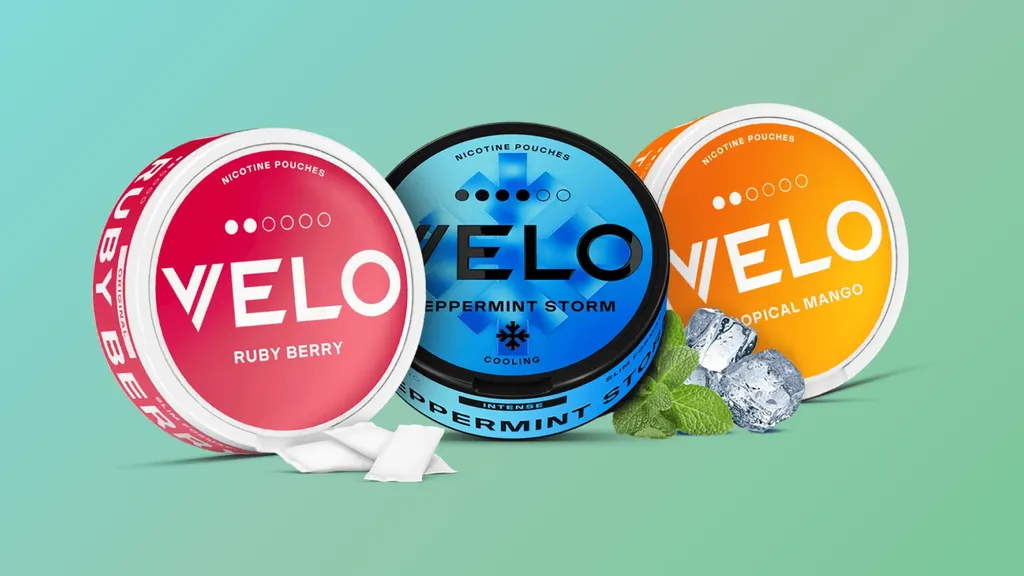Have you ever wondered about those small pouches some people discreetly tuck under their lip? It might be snus, or perhaps another similar nicotine product. These items, though seemingly simple, carry a history and a variety that might surprise you. Let’s unravel the intricacies of this domain.
What is Snus?
First, let’s define snus. Originating in Sweden, it is a moist powder tobacco product that is placed under the upper lip. Unlike snuff, which is inhaled, snus is a smokeless product, offering a different way to get your nicotine fix. The key difference lies in the process and the way it’s used. Snus is pasteurized, a heat treatment that reduces the levels of harmful bacteria and nitrosamines. This process purportedly makes it a less harmful alternative to smoking.
The snus pack itself is a critical component. It’s the pre-portioned pouch that contains the snus, making it convenient and mess-free. Think of it as a tea bag, but filled with flavored tobacco.
A Peek into Snuff
Snuff, on the other hand, is finely ground tobacco that is typically inhaled into the nasal cavity. It comes in two main types, dry and moist. Dry snuff is more common in Europe, while moist snuff is more prevalent in the United States, often referred to as dipping tobacco.
The act of taking snuff involves pinching a small amount and placing it in the nostril. The nicotine is absorbed through the nasal membranes. Unlike snus, snuff is not pasteurized, which means it might contain higher levels of nitrosamines.
A Look at Novel Nicotine Pouches
Then there are nicotine pouches, often called “nicopods.” These are white, tobacco-free pouches that contain nicotine extracted from the tobacco plant or manufactured synthetically. They resemble snus packs in appearance and usage. Nicopods are positioned as an alternative to both snus and traditional tobacco products.
One might ask, what’s the appeal? Well, nicopods are often marketed as a cleaner and more discreet option. Because they don’t contain tobacco, they don’t stain teeth. They also come in a wide array of flavors and nicotine strengths, catering to a broad audience.
Regional Variations and Cultural Significance
The popularity of these products varies considerably across different regions. In Scandinavia, snus enjoys widespread acceptance and is deeply ingrained in the culture. In the United States, moist snuff, also known as dipping tobacco, has a strong following, particularly in the South. Nicotine pouches are gaining traction globally, especially in countries where smoking is heavily restricted.
Each product carries a unique cultural significance. Snus, for example, is often associated with Swedish heritage and tradition. Snuff, with its historical roots in Europe, has seen periods of both popularity and decline. Nicotine pouches, as a relatively new product, are still carving out their niche in the market.
The Health Perspective
Of course, no discussion about nicotine products would be complete without considering the health implications. Nicotine is an addictive substance, and all these products carry a risk of dependence. While snus is often touted as a less harmful alternative to smoking, it is not risk-free. Studies have linked snus to an increased risk of certain cancers, although the risk is generally considered lower than that associated with smoking. Snuff, due to its higher levels of nitrosamines, also carries potential health risks.
Nicotine pouches, being tobacco-free, are often marketed as a safer option. However, the long-term health effects of nicotine pouches are still being studied. It’s important to remember that nicotine itself can have adverse effects on cardiovascular health.
The Regulatory Landscape
The regulation of these products varies significantly from country to country. In some countries, snus is legal and widely available, while in others, it is banned. Snuff is generally subject to similar regulations as other tobacco products. Nicotine pouches are often subject to different regulations, depending on whether they contain tobacco-derived nicotine or synthetic nicotine.
The regulatory landscape is constantly evolving, as governments grapple with the challenge of balancing public health concerns with individual liberties. Tax policies, advertising restrictions, and age limits are all common regulatory tools used to control the sale and use of these products.
The Future of Nicotine Products
What does the future hold for snus, snuff, and nicotine pouches? Several trends are likely to shape the market in the coming years. The rise of nicotine pouches is expected to continue, driven by their convenience, variety, and perceived lower risk. Technological advancements could lead to new and innovative nicotine delivery systems. Increased regulation is also likely, as governments seek to address the public health challenges posed by these products.
Consumers are becoming increasingly health-conscious, and they are demanding products that are both satisfying and less harmful. This trend is likely to drive further innovation in the nicotine market, with a focus on reducing harm and providing consumers with more choices. The snus packs and their alternatives offer an interesting glimpse into the evolving landscape of nicotine consumption.
Ultimately, understanding these products requires an appreciation of their history, their cultural significance, and their potential health implications. Whether you’re a user, a curious observer, or simply interested in the changing world of nicotine, it’s essential to stay informed and make choices that are right for you.
